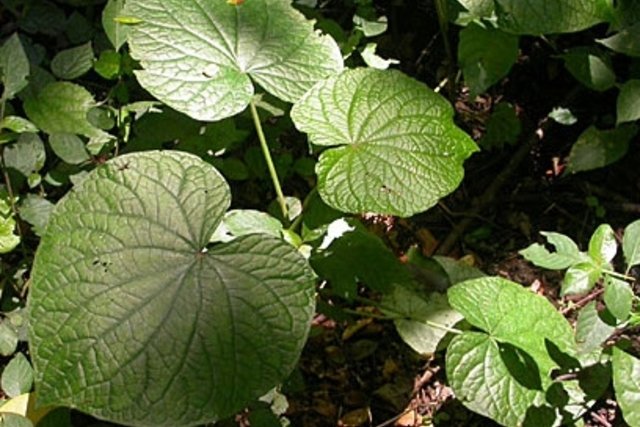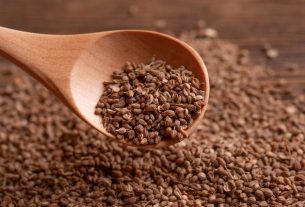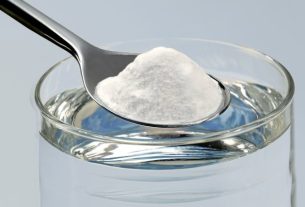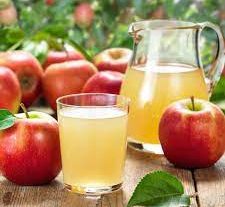Capeba is a medicinal plant of the species Pothomorphe peltata or Pepper coveredwidely used as a home remedy to help treat poor digestion, heartburn or urinary infections, as it has antioxidant, anti-inflammatory and diuretic effects.
The normally used parts of capeba are the leaves or roots from which active substances with medicinal properties are extracted, for the preparation of tea, infusion or poultice.
Capeba, also known as malvarisco or pariparoba, can be found in compounding pharmacies and some health food stores, and should be used under medical advice or from a professional with experience in medicinal plants.

What is it for
Capeba is indicated to help in the treatment of:
- Heartburn or poor digestion;
- Stomachache;
- Fever, flu and colds;
- Sore throat;
- Bronchitis;
- Constipation;
- Urinary infection;
- Boils or inflammations on the skin;
- Liver diseases.
Capeba is rich in essential oils, flavonoids and alkaloids, which give it anti-inflammatory, antioxidant, diuretic, healing, antiulcer, febrifuge, laxative and sweating properties.
Furthermore, some studies (1,2) show that an essential oil, n-benzoyl mescaline, present in the capeba leaf, has antibacterial action and may be useful in the treatment of bacterial infection H. pylori which causes stomach ulcers. However, more studies are still needed to prove this benefit.
Although it has many benefits, capeba does not replace medical treatment and should be used under the guidance of a doctor or herbalist.
Capeba can be used in the form of tea, compresses or baths, prepared with the leaves or roots of this plant.
1. Capeba tea
Capeba tea helps to alleviate gastrointestinal problems, such as heartburn, constipation, poor digestion or stomach pain, and can also help treat urinary infections, for example.
Ingredients:
- 1 tablespoon of dry capeba leaves;
- 1 cup of boiling water.
Preparation mode:
Add the capeba leaf to the boiling water, cover and let it rest for about 15 minutes. Then strain, wait for it to cool and drink a cup up to 3 times a day.
2. Capeba infusion
Capeba infusion can be used to help relieve fever, flu, colds or bronchitis.
Ingredients
- 1 teaspoon of dried and chopped capeba roots;
- 1 cup of water.
Preparation mode
Bring the water to a boil and, as soon as the first bubbles are forming, turn off the heat. Pour boiling water over the chopped capeba roots, simmer and let it rest for 5 to 10 minutes. Then strain and drink up to 3 cups per day.
3. Capeba poultice
Capeba poultice can be used for skin problems, due to its anti-inflammatory and healing properties.
Ingredients
- 4 fresh or dried capeba leaves;
- 500 mL of boiling water.
Preparation mode
Add the capeba leaves to the boiling water, cover and let it rest for about 15 minutes. Then remove the capeba leaves and apply to the affected area of the skin.
Possible side effects
The most common side effects that may occur while using capeba are nausea, vomiting, diarrhea, cramps, fever, headache, skin allergies or tremors.
Who shouldn’t use
The capeba should not be used by children or pregnant or breastfeeding women.
It is important to emphasize that the use of capeba should only be done after advice from a doctor or herbalist.
Bibliography
- ARUNACHALAM, K.; et al. Piper umbellatum L. (Piperaceae): Phytochemical profiles of the hydroethanolic leaf extract and intestinal anti-inflammatory mechanisms on 2,4,6 trinitrobenzene sulfonic acid induced ulcerative colitis in rats. J Ethnopharmacol. 254. 112707, 2020
- SILVA JUNIOR, IF; et al. Piper umbellatum L.: A medicinal plant with gastric-ulcer protective and ulcer healing effects in experimental rodent models. Journal of Ethnopharmacology. 192. 4; 123-131, 2016
- GILBERT, B.; FAVORETO, R. Piper umbellatum L. = Pothomorphe umbellata (L.) Miq. Fitos magazine. 5.2; 35-44, 2010
- LIGHT, AIR; et al. Volatile Constituents of Brazilian Piperaceae, Part 5. The Oils of Pothomorphe umbellate and P. peltate. Journal of Essencial Oil Research. 11. 4; 479-481, 1999
- MATTANA, RS; et al. Shade level effects on yield and chemical composition of the leaf essential oil of Pothomorphe umbellata (L.) Miquel. Agricultural Sci. (Piracicaba, Braz.). 67. 4; 414-418, 2010

Sign up for our newsletter and stay up to date with exclusive news
that can transform your routine!
Warning: Undefined array key "title" in /home/storelat/public_html/wp-content/plugins/link-whisper-premium/templates/frontend/related-posts.php on line 12
Warning: Undefined array key "title_tag" in /home/storelat/public_html/wp-content/plugins/link-whisper-premium/templates/frontend/related-posts.php on line 13



